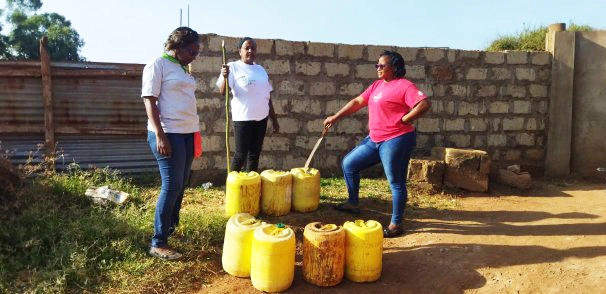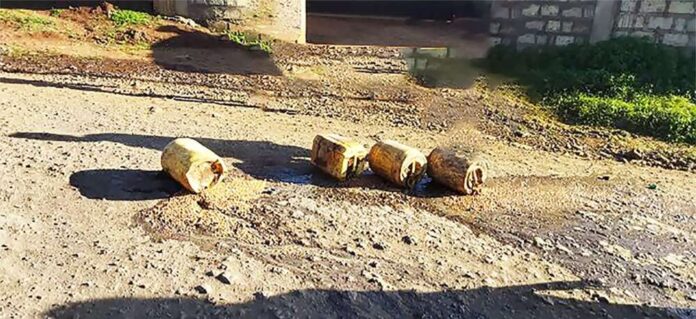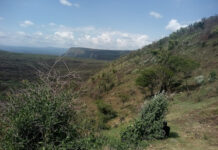By Brian Gitonga, DevReporter, Meru County

Key Highlights
- The commonly abused drugs are alcohol, bhang, and tobacco.
- Hundred and thirty-two bars were closed in 2023 for violating the laid down rules.
- Tuberculosis is prevalent due to sharing of cups in Chang’aa dens.
The National Campaign against Drugs Agency (NACADA) reports that 4.73 million Kenyans abuse drugs. In Meru County, despite its agricultural prominence, drug abuse is causing significant hardships for the residents.
Current Scenario
Elias Mutuma is a Karumanthii village resident in Imenti North Sub County. He notes an upsurge in drug abuse cases despite drug-fighting efforts in the area.
“In this village, illicit brew from Shauri Yako and Majengo slums is widespread. Bhang, tobacco chewing, and ‘Kuber’, afflict teenage boys. However, we have started public Baraza sessions to educate on the effects of drug abuse,” Elias states.
Faith Kananu, a resident of ‘Ntuura ya Muugu’ village discloses: “In our village, drug abuse is widespread. Alcoholism affects both genders. Residents of Kaaga, Chugu, Kithoka, Kienderu, and Karegeria come here to drink. The youth use bhang, tobacco, and miraa. As parents, we try counsel our children against alcoholism.”
Causes of Drug abuse
Boniface Ogana, a shopkeeper in Mwirine, attributes the rise in drugs abuse cases to poverty and unemployment in the nearby slums. He says that residents collaborate in combating the vice through sharing information with the relevant authorities, including seeking the area chief’s help and ‘nyumba kumi’ officials.
Anthony, who owns a butchery a few steps from Ogana’s shop, laments about the increased rate of drug abuse victims: “Economic challenges, high taxes, and unemployment drive bhang use, which contribute significantly to mental health cases in the area. We try to advocate against drugs through local churches.”
The Effects
Elias Mutuma says Karumanthii village is a hotspot for infections due to drug abuse. HIV/AIDS infections are rising, which is made worse by poor medication adherence, he added. Tuberculosis is also prevalent because of sharing cups in Chang’aa dens.
Nonetheless, Rhoda, a mother of two, grieves losing both of her sons to alcoholism. “I lost both my sons to liver cirrhosis. Today, I usually report illicit brew sellers to local authorities,” she says, as she sobs.
Combating the Menace
The Municipality Chief, Margret Kairuthi Gakubi, actively fights drug abuse, focusing on illicit alcohol. She shares her team’s strategies in addressing the menace: “We conduct regular raids based on information from ground informers. Using this intelligence, we work with the police to catch culprits, while ensuring informers’ anonymity and trust,” explains Margret.

Rehabilitation Support
Kaaga’s Methodist Treatment and Rehabilitation Centre (MTRC) supports people with drug addiction as per Article 43(1) (a) of the Kenyan constitution. Dennis Kithinji Muthomi, an addiction psychologist, views addiction as a disease.
Dennis says: “We raise awareness about addiction as a treatable disease. We also promote sobriety, and provide treatment, including inpatient and outpatient programmes, as well as aftercare services.”
County’s Efforts
Meru County Alcoholic Drinks Control Board oversees alcohol regulation in the county. The Chief Executive Officer of the board Dr. Muguna Mbaabu highlights the role of the board in promoting sustainable development goals by strengthening strategies for the prevention of substance abuse.
“In 2023, the board shut down 132 bars that were selling alcohol without following the laid down rules. We have a 24/7 surveillance at key road entrances like Timau, Keeria, and Isiolo to prevent entry of illicit drugs.”






